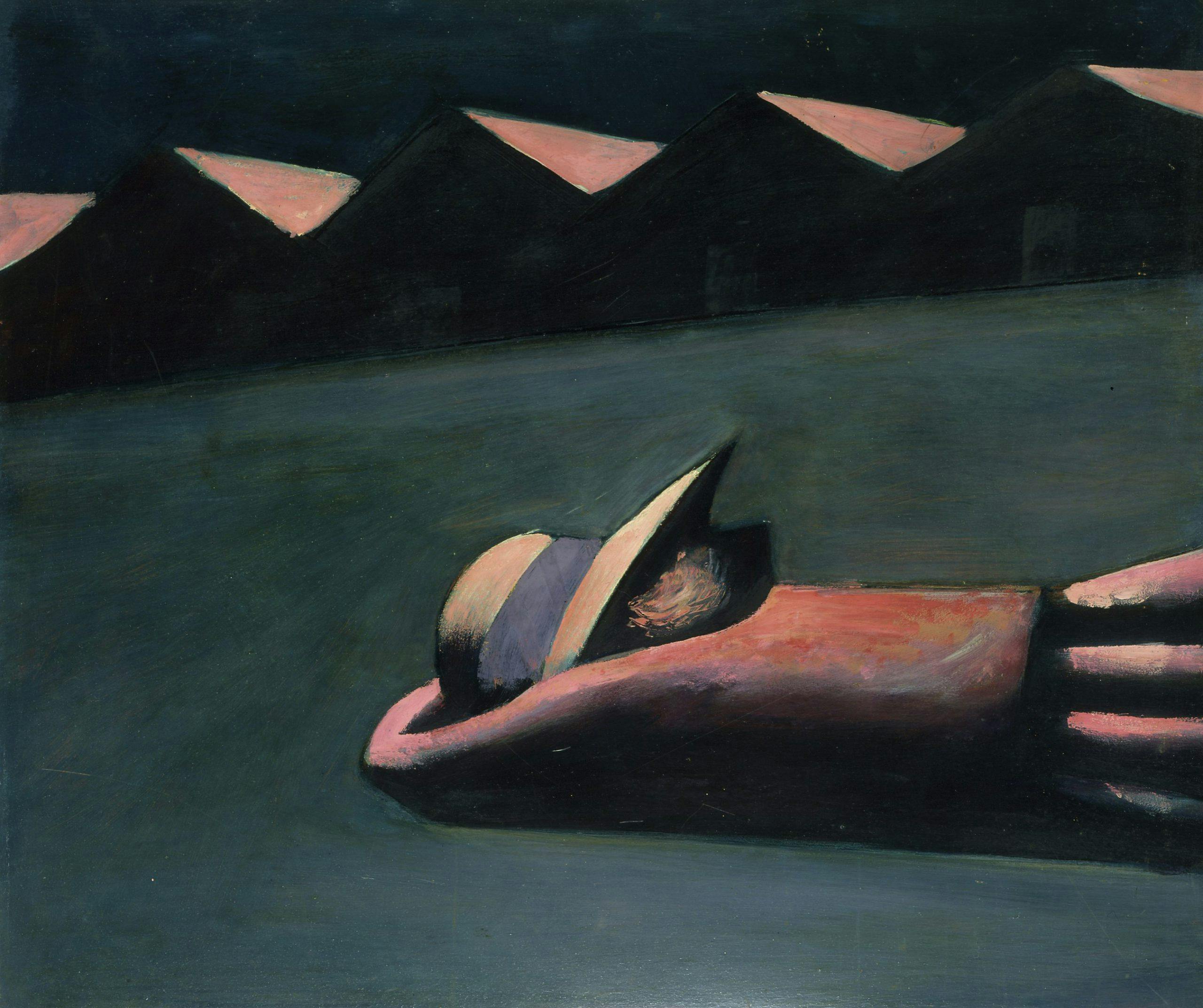AFFINITIESTHE HEIDE COLLECTION
Free with Museum Pass
Free entry
This exhibition launches Heide II—originally the second home of John and Sunday Reed on the Heide property—as the new dedicated gallery space for the Heide Collection. Reflecting the history of the Reeds’ remarkable support for modern art from the 1930s to the 1970s, particularly in Melbourne, the Collection chronicles their personal affiliations and cultural activities in ventures such as the Contemporary Art Society, the Angry Penguins journal, the Gallery of Contemporary Art (1956–57) and the Museum of Modern Art and Design of Australia (1958–66, founded by John Reed). The paintings, sculptures and drawings donated to Heide by the Reeds formed the basis of a collection that continues to grow through gift and bequest.
Each room in this exhibition shows works around a particular linking theme, while across the exhibition other connections emerge—a focus on memory, childhood, the depiction of inner feeling and the legacy of war. Motivated by a variety of places, events and inner dramas, many of the works give life to the emotions, often through the enduring motif of the human body. They register the conflict and chaos of war and the desire to transcend it, the delights and anxieties of childhood and relating, and express joy and hope through both mythical and real figures.
Several rooms focus on the work of individual artists, notably Charles Blackman and Danila Vassilieff, who both arrived in Melbourne from elsewhere to become integral figures in its artistic life. Other artists associated with Heide—Joy Hester, Sidney Nolan, Mirka Mora and John Perceval, among others—are each represented within a constellation of works that shows their affinity with fellow artists and those from later generations. Hester’s depictions of the female body in various states of anguish or unease, for example, are shown alongside similarly intense works by George Baldessin, Erica McGilchrist and Pat Brassington. And Mora’s winged children emerging from a war-torn Europe share a bittersweet quality with Perceval’s cloud of ‘atomic’ angels and Imants Tillers’s angels of death, all of which illuminate works dealing more overtly with the horrors of World War II.
A cooler, stylised aesthetic is apparent in works by contemporary artists Robert Rooney and Janet Burchill/Jennifer McCamley, who pay tribute to 1950s imagery and artists, represented by a variety of organic abstract paintings and sculptures of that period.
